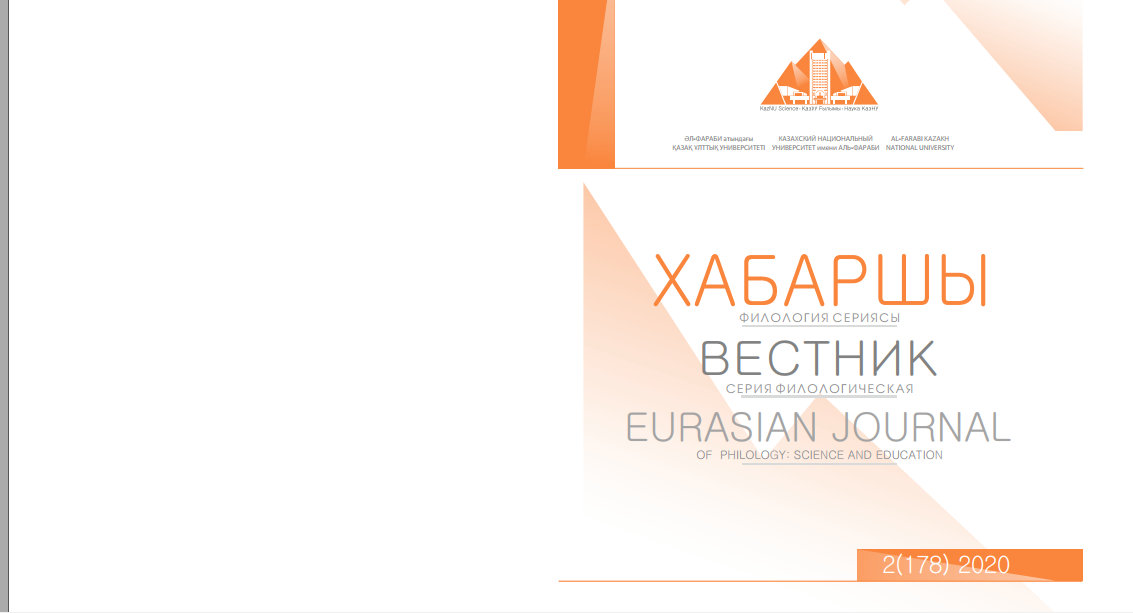Translation techniques of rendering future tense forms from Kazakh into English (based on the novels «Көшпенділер» and «Abaizholy»)
DOI:
https://doi.org/10.26577/EJPh.2020.v178.i2.ph31Abstract
The article deals with different types of transformation used in the process of translating from Kazakh
into English by applying the principle of comparison. For the principle of comparison makes it possible
for us to establish differences and similarities of heterogeneous languages as far as Kazakh and English
languages are syntactically, morphologically and structurally different. Moreover, a close comparative
study of languages not only helps us detect peculiarities of different languages but also directs us to a
deeper analysis of research results. English belongs to the Germanic group of language. The Kazakh
pertains to the Turkic group of the Altaic family. Concerning the morphological type English is inflected
and notable for its analytical character. Kazakh is an agglutinative language. As to grammar the principle
means of expression in languages, possessing an analytical character is the order of words and use of
words and use of function words (function words, word order and intonation pattern). The grammatical
inflections are the principal means used in Kazakh. However, the rest of the grammatical means are also
used but they are of less frequency than the grammatical inflections.






